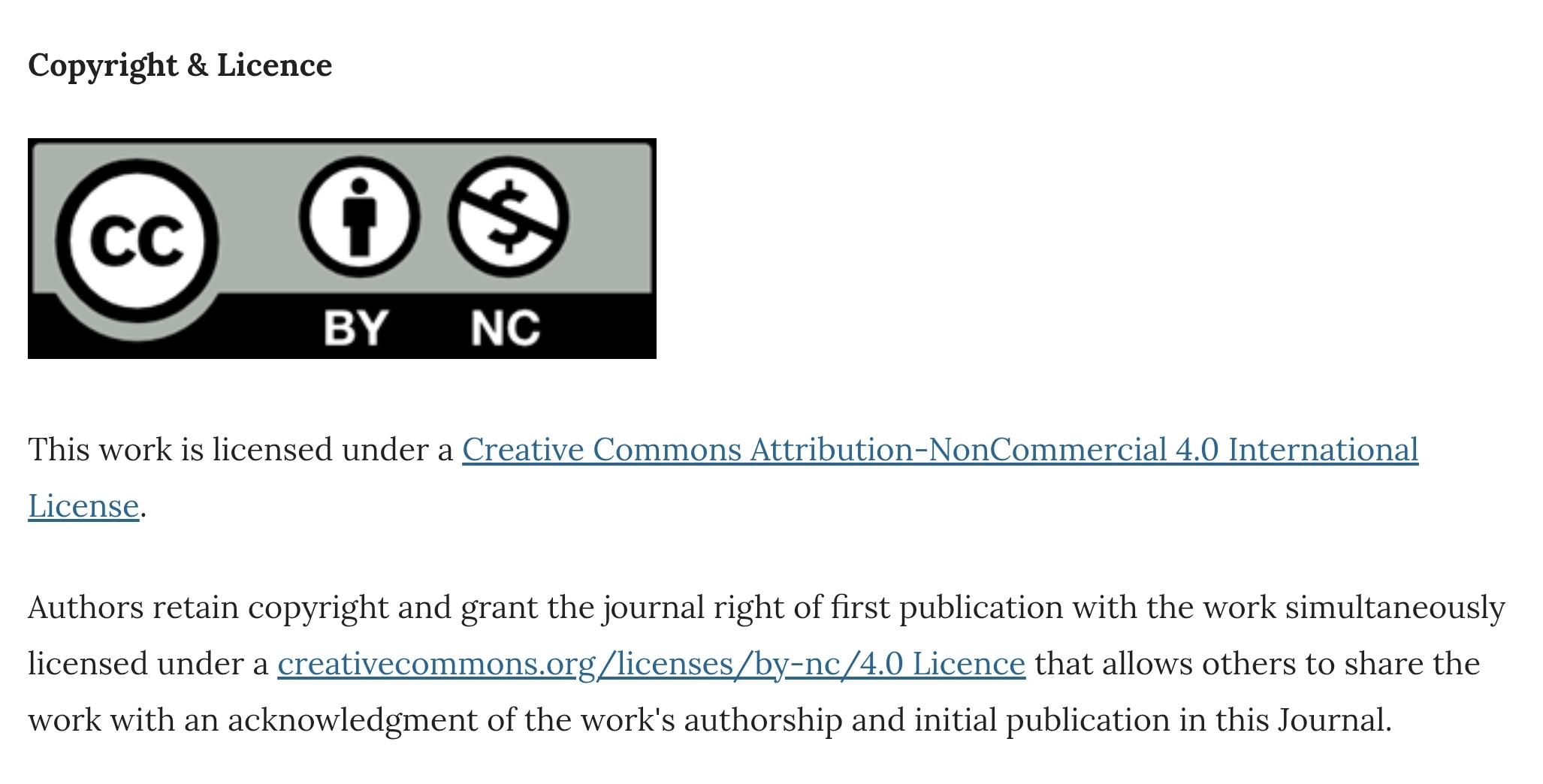Socio-demographic factors and life events associated with high suicidal intent in youth with intentional self-harm: A cross-sectional study at a tertiary care centre in Kerala, India
DOI:
https://doi.org/10.30834/KJP.37.1.2024.435Keywords:
Suicide attempt, youth, life events, precipitating factorsAbstract
Background: There is a steady increase in the number of suicide deaths throughout the life span, particularly among youth compared with other age groups. The youth are naturally vulnerable to mental health problems, especially during their adolescent years. Our study aimed to estimate the proportion of youth with high suicidal intent and to assess the association of socio-demographic and clinical factors, including stressful life events, with suicidal intent in youth with intentional self-harm (ISH). Methods: This cross-sectional, descriptive study was done at the Department of Psychiatry, Government Medical College, Thrissur, Kerala, from December 2019 to May 2021 after getting approval from the Institutional Ethics Committee. The study sample consisted of 97 consecutive inpatients aged 15 to 24 years with ISH referred from various departments to the Psychiatry Department, who satisfied the inclusion and exclusion criteria. All the participants were enrolled after getting written informed consent/assent from the guardian and/or the patient. The suicide intent was assessed using Beck’s Suicide Intent scale. A specially designed proforma was used to assess the socio-demographic details and precipitating factors. The stressful life events were assessed using the Presumptive Stressful Life Events Scale. Results: 18.5% of youth with ISH had high suicidal intent. Past history of suicide attempts (p = 0.03) and life events (p = 0.002) were significantly associated with high suicidal intent. Conclusions: Past history of suicide attempts had a significant association with high suicide intent. Early recognition and correction of the risk factors can help to prevent further suicide attempts.
Downloads
References
World Health Organization. World mental health report: Transforming mental health for all. Geneva: World Health Organization [Internet]. 2022. [Cited 2023 Oct 23]. Available from: https://iris.who.int/handle/10665/356119.
National Crime Records Bureau (Ministry of Home Affairs). Accidental Deaths & Suicides in India 2022. [Internet]. New Delhi: Govt of India; 2022. [updated 2023 Dec 7; cited 2023 Oct 23]. Available from: https://ncrb.gov.in/accidental-deaths-suicides-in-india-year-wise.
Tekkalaki B, Nischal A, Tripathi A, Arya A. A study of individuals with intentional self-harm referred to psychiatry in a tertiary care center. Ind Psychiatry J 2017;26:95-8.
Owens D, Horrocks J, House A. Fatal and non-fatal repetition of self-harm. Systematic review. Br J Psychiatry. 2002;181:193-9.
Cha CB, Franz PJ, Guzmán EM, Glenn CR, Kleiman EM, Nock MK. Suicide among youth: epidemiology, (potential) etiology, and treatment. J Child Psychol Psychiatry. 2018;59:460-82.
United Nations. World Youth Report: Youth social entrepreneurship and the 2030 agenda. United Nations: New York;2020. [Cited 2023 Oct 20]. Available from: https://www.un.org/en/global-issues/youth.
Turecki G, Brent DA. Suicide and suicidal behaviour. Lancet 2016;387:1227-39.
Posner K, Melvin GA, Stanley B, Oquendo MA, Gould M. Factors in the assessment of suicidality in youth. CNS Spectr 2007;12:156-62.
Remafedi G, French S, Story M, Resnick MD, Blum R. The relationship between suicide risk and sexual orientation: results of a population-based study. Am J Public Health 1998;88:57-60.
Radhakrishnan R, Andrade C. Suicide: An Indian perspective. Indian J Psychiatry 2012;54:304-19.
Rajagopal S. Suicide pacts and the internet. BMJ 2004;329:1298–99.
Purushothaman P, Premarajan KC, Sahu SK, Kattimani S. Risk factors and reporting status for attempted suicide: A hospital-based study. Int J Med Public Health2015;5:45–9.
Conner KR, Phillips MR, Meldrum SC. Predictors of low-intent and high-intent suicide attempts in rural China. Am J Public Health 2007;97:1842-6.
Ramanathan R, Ramachandran AS, Periasamy K, Saminathan K. Assessment of suicidal intent. Indian J Psychol Med 2016;38:529-32.
Singh G, Kaur D, Kaur H. Presumptive stressful life events scale (PSLES) - a new stressful life events scale for use in India. Indian J Psychiatry 1984;26:107-14.
Gordon M, Melvin G. Risk assessment and initial management of suicidal adolescents. Aust Fam Physician 2014;43:367-72.
Woo S, Lee SW, Lee K, Seo WS, Lee J, Kim HC, et al. Characteristics of high-intent suicide attempters admitted to emergency departments. J Korean Med Sci 2018;33:e259. Available from: doi: 10.3346/jkms.2018.33.e259.
Bennardi M, McMahon E, Corcoran P, Griffin E, Arensman E. Risk of repeated self-harm and associated factors in children, adolescents and young adults. BMC Psychiatry 2016;16:421. Available from: doi: 10.1186/s12888-016-1120-2.
Chandrasekaran R, Gnanaselane J. Predictors of repeat suicidal attempts after first-ever attempt: A two-year follow-up study. Hong Kong J Psychiatry 2008;18:131-5.
Menon V, Kattimani S, Sarkar S, Mathan K. How do repeat suicide attempters differ from first timers? An exploratory record based analysis. J Neurosci Rural Pract 2016; 7:91-6.
Badrinarayana A. Study of suicidal risk factors in depressive illness. Indian J Psychiatry 1980;22:81–3.
Ponnudurai R, Jeyakar J, Saraswathy M. Attempted suicides in Madras. Indian J Psychiatry 1986;28:59–62.
Fjeldsted R, Teasdale TW, Jensen M, Erlangsen A. Suicide in relation to the experience of stressful life events: a population-based study. Arch Suicide Res 2017;21:544-55. Available from: doi: 10.1080/13811118.2016.1259596.
Downloads
Published
How to Cite
Issue
Section
License
Copyright (c) 2024 C M Naina, Lekshmy Gupthan, Jaimon Plathottathil Michael (Author)

This work is licensed under a Creative Commons Attribution-NonCommercial 4.0 International License.












